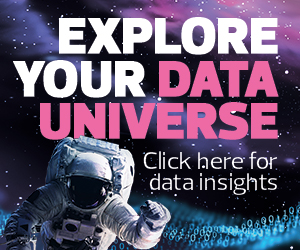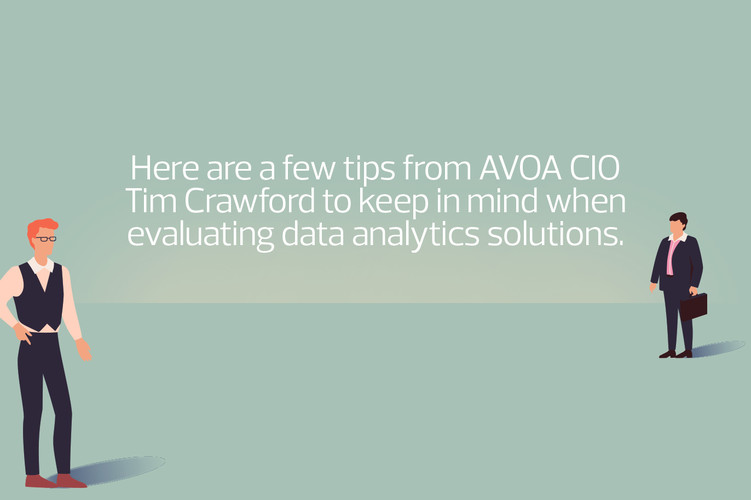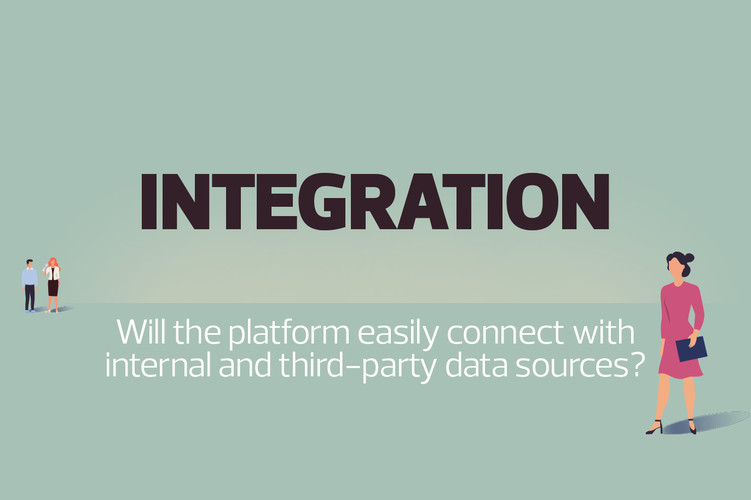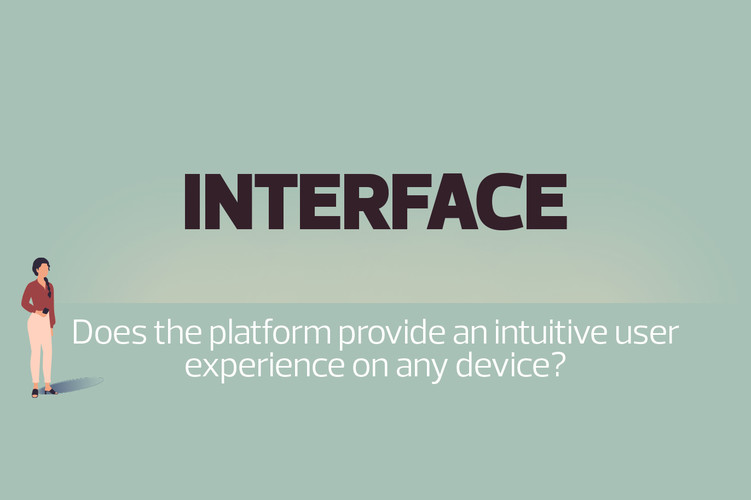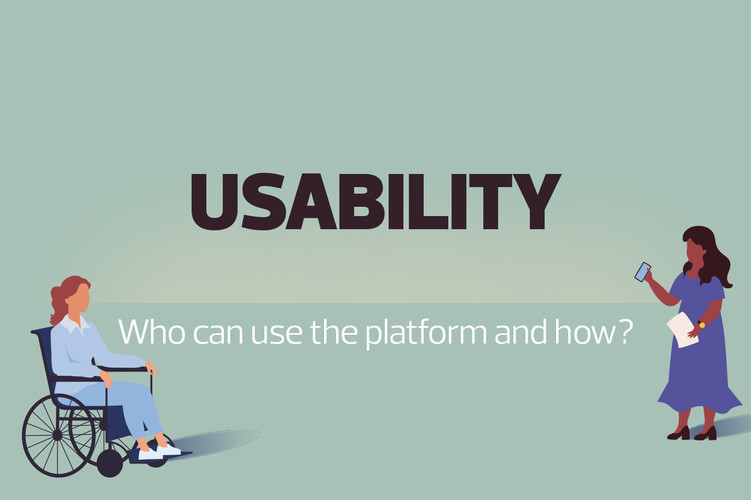Greene Tweed uses SAP software to unify data in an enterprise data warehouse. It then uses a replication solution from Qlik to transfer that collected information to a cloud system hosted by Microsoft Azure. Finally, it leverages a Qlik analytics tool “to take it all in and make sense of it,” Hufnagle says.
For many companies, the data they gather can pose both opportunities and problems. Parse it well, and it may provide a path to everything from improved business processes and efficiencies to better customer service. But when issues arise, it’s usually because of the sheer volume of data and the siloed sources from which it’s derived. Data that’s unorganized or hard to visualize may be more likely to lead to false signals and confusion than actionable insights and business clarity.
“Companies have had analytics capabilities for decades,” notes Tim Crawford, founder and CIO at AVOA, a technology research firm. “The challenge always has been integrating and analyzing data in meaningful ways for business decision-making.”
EXPLORE: Here are five steps to analytics and AI success.
What Is the Next Step in Data Analytics?
Hufnagle uses Qlik Sense to get data-driven alerts and visualizations on every aspect of the business. Information is presented in easy-to-understand tables, charts and graphs, and users can click between dashboards to see how any aspect of the operation is affecting others.
“It’s all about being as close to real time as possible with our information, and proactive instead of reactive,” Hufnagle says. As the company’s machines are running, he can track everything from parts being made and work orders being processed to how efficiently and effectively the equipment is operating. “If there’s a supply chain issue or a temperature variation in a machine, we can address that before it starts costing money,” he says.
Before, Greene Tweed had access to reams of machine data. However, that information was only available in isolation and was rarely received early enough for timely action. “Now, we’re able to make better decisions because we have everything we need right in our hands,” Hufnagle says.
Greene Tweed is hardly alone. The agricultural giant Conagra Brands, for example, is using Microsoft Power BI mainly for the benefit of its administrative employees, not its technologists.
“We are using Power BI to collect and organize data into reports in formats that help us gain insights and make decisions efficiently,” says Dan Hare, the company’s senior director of communications.






